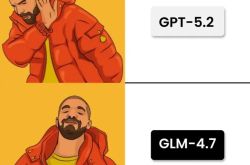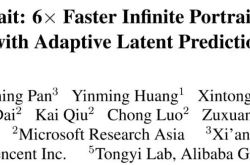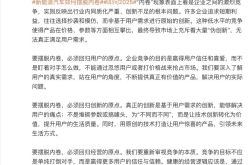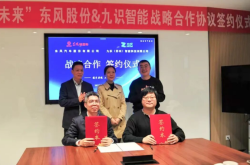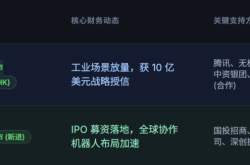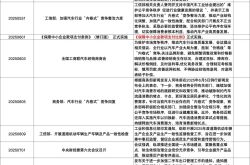Cunning Stellantis, only wants to make money from China
![]() 12/06 2024
12/06 2024
![]() 690
690
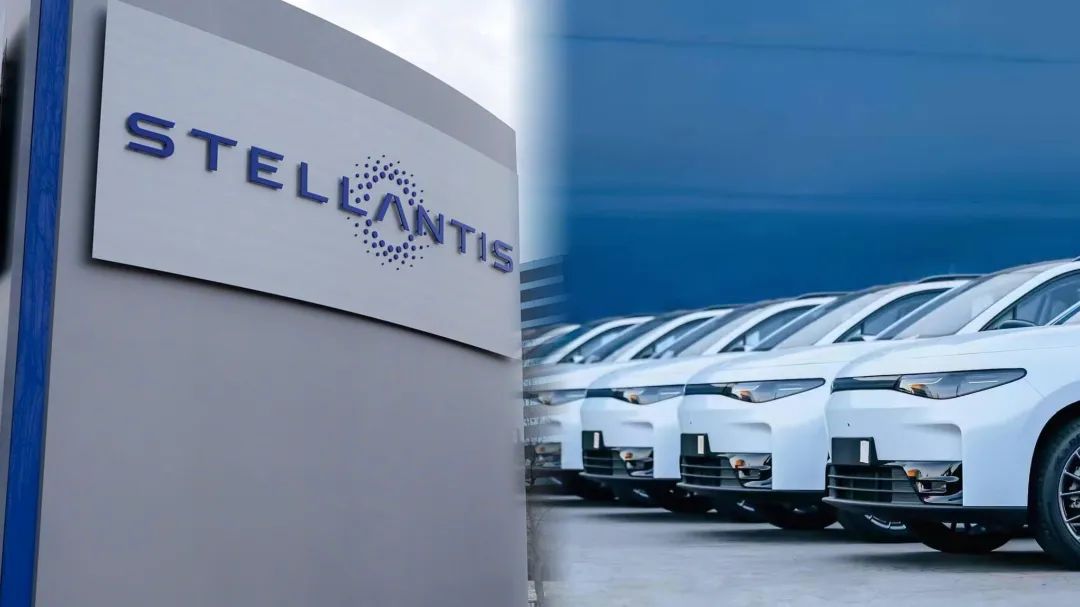
Introduction
Stellantis, who keeps a certain distance from the Chinese market, is all about making money.
No one could have predicted that Carlos Tavares, with the highest salary in the European auto industry, would end up parting ways with Stellantis, especially considering he has over a year left before retirement.
Over the past decade, from leading PSA Group to facilitating the merger between PSA and Fiat Chrysler Automobiles (FCA), and ultimately steering the entire group back on track, Tavares' achievements have often led people to compare him to Carlos Ghosn, the former CEO of the Renault-Nissan Alliance who reached the pinnacle of his career.
Tavares earned the moniker of 'cost killer' from Ghosn, but given the different historical contexts, I believe their strategies were not entirely the same. Tavares managed to lead Stellantis out of a 'weak-weak alliance' scenario and rescue Renault-Nissan from financial quagmire.
It's hard to say whether Tavares' departure was due to internal disagreements. After all, his salary of 36.5 million euros was approved by shareholders without hesitation.
Regardless of internal evaluations, the industry has a relatively unified view of Tavares during his tenure at Stellantis. Especially in terms of timely damage control, mobilizing the development potential of various global markets, and mediating among various forces to preserve all brands under the group, Tavares deserves the title of a 'tough guy'.

How much is Tavares' departure related to Stellantis' neglect of the Chinese market over the years?
Although influenced by certain objective factors, Tavares did not visit China to support Dongfeng Peugeot-Citroen Automobile during its most difficult years. Simply put, in Stellantis' business landscape, doing business with China may not require emotional ties; everything revolves around making money.
Looking back at the development of the Chinese auto market, with all brands under PSA and FCA as the medium, Stellantis' footprint in China is not insignificant.
Peugeot, Citroen, Jeep, Chrysler, Fiat, Dodge, Alfa Romeo, and DS all have their fan bases in China. These facts prove that the relationship between Stellantis and China is intricate and difficult to sever. Now, with the addition of Leapro, a new force in the EV market, acquired by Tavares, Stellantis' future will undoubtedly still involve China.
China cannot accommodate Stellantis
As everyone knows, under Tavares' leadership, Stellantis has become a giant automotive group with over a dozen brands and a global market presence. Even in China, with the exception of Lancia and Vauxhall, every brand under Stellantis has its own tumultuous history.
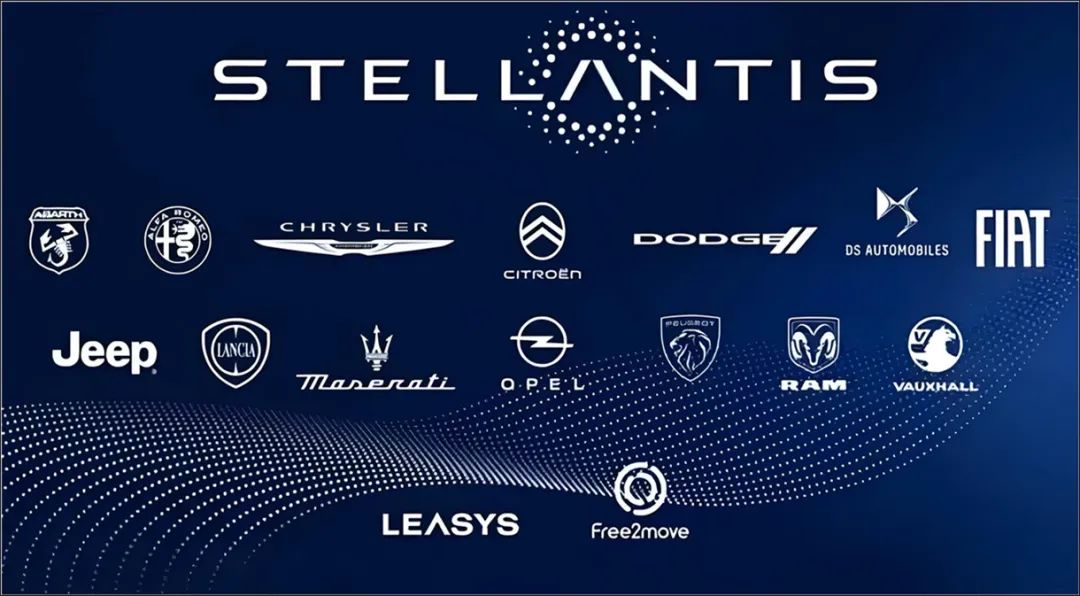
Unfortunately, shortly after Tavares took over PSA, these brands enjoyed only a brief period of prosperity in China before facing a stormy decline, one after another.
In 2015, Dongfeng Peugeot-Citroen reached a peak annual sales volume of 710,000 vehicles. However, it failed to maintain its market share and has struggled with declining sales ever since. Peugeot and Citroen, two French brands with distinct personalities, never expected their glory days to end in such a manner.
I believe that regardless of consumer trends, the Chinese auto market is always in a state of dynamic change. The core reason why most brands decline from prosperity is simply their failure to keep pace with the changes in the Chinese market.
By around 2018, Dongfeng Peugeot-Citroen, the main joint venture operation of PSA in China, had seen its sales volume fall by another 33% year-on-year to 253,000 vehicles. Although there is still room for sales to decline further for Dongfeng Peugeot-Citroen, there are always other reasons to single out this year.
Ultimately, what PSA experienced in China may have been due to a misjudgment of the situation, but it was certainly influenced by the management style of its leader. Whether it was Tavares as CEO of PSA or Sergio Marchionne at the helm of FCA, their managerial greatness cannot erase the difficulties their respective groups encountered in China.
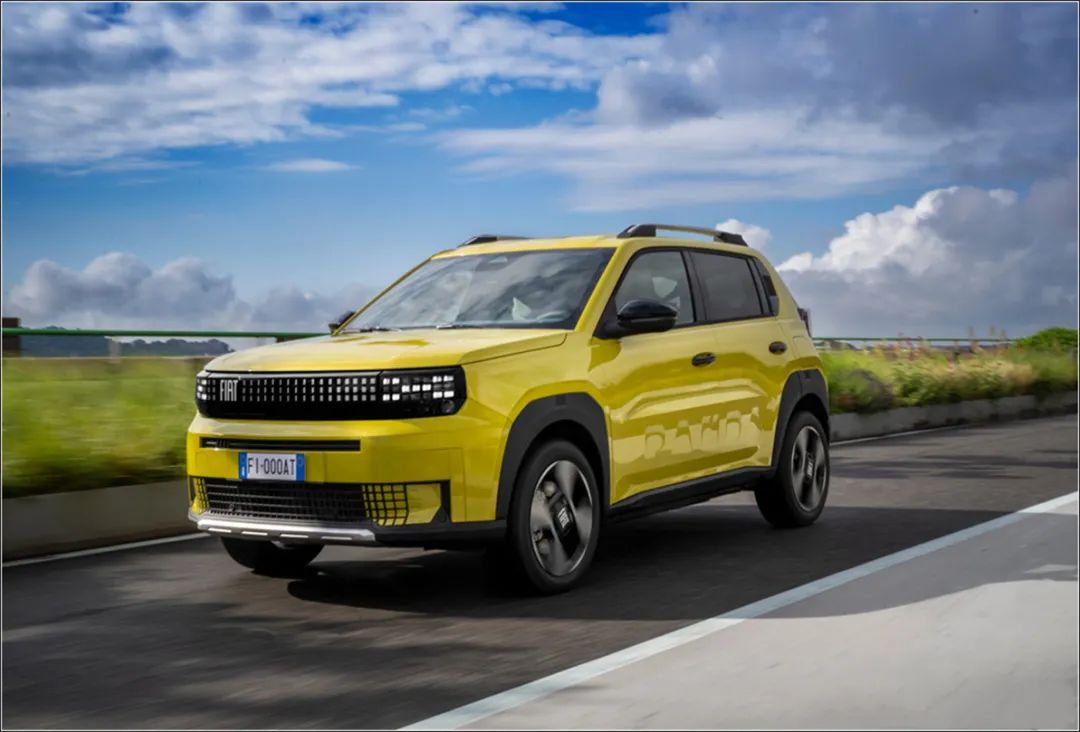
In the same year, similar to Dongfeng Peugeot-Citroen's predicament, after Fiat lost ground in China, GAC Fiat Chrysler Automobiles also faced a crisis with Jeep's declining influence. Compared to 2017 sales of 378,000 vehicles, GAC Fiat Chrysler's annual sales fell by 33% year-on-year to 253,000 vehicles, much faster than the overall decline in the Chinese auto market.
Yes, it was inspiring that GAC Fiat Chrysler achieved the feat of accumulating sales of 400,000 vehicles in the shortest time. However, this rapid growth gradually laid the groundwork for future problems, as the stability of its foundation, the development of its dealership team, and the importance of quality and reputation all became necessary tests on GAC Fiat Chrysler's path forward. Now, under the dual influence of the market and its own issues, these have gradually evolved into lessons learned.
Afterwards, the continuous decline in the survival of both Dongfeng Peugeot-Citroen and GAC Fiat Chrysler made it clear to the outside world that the Chinese market was about to take action against all joint venture automakers that did not reflect on their current situation or give it due attention.
The Chinese auto market was undercurrents of change, and domestic brands took advantage of the situation. "Dancing with shackles" was the state shown by Volkswagen, Toyota, and others at that time. If I had to evaluate PSA and FCA, I would say, "Don't blame the accelerated pace of market change for giving you the cold shoulder if you never placed the Chinese market at the core of your development strategy."
During this period, to address market challenges such as high wages and low profits, PSA and BNP Paribas jointly invested $2.3 billion to acquire Opel, Vauxhall, and General Motors' European financial operations. The aim was to reduce the cost of developing new models by expanding the scope of operations and market networks.
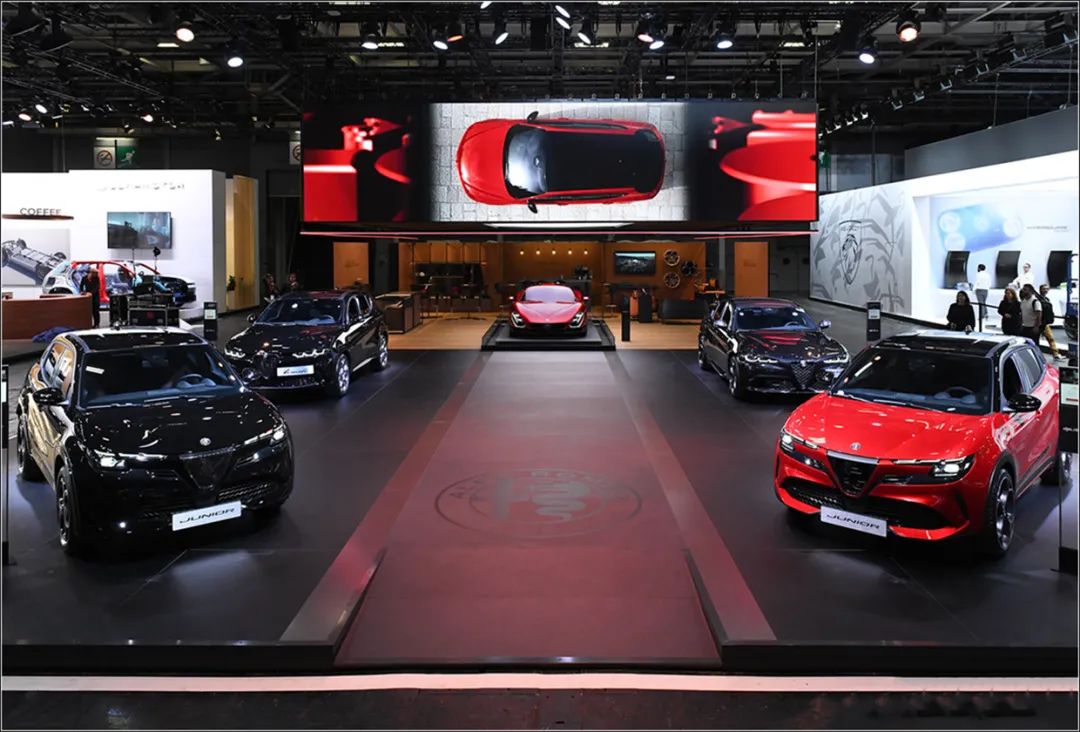
Interestingly, PSA was willing to spend such a high price to acquire Opel, whose base was limited to Europe, but chose to neglect the Chinese market, allowing its joint ventures to fend for themselves. This is indeed puzzling.
Did Tavares truly understand the development potential of the Chinese market, or did he simply dismiss it? At present, it seems that for Tavares, an enormous market is useless unless it is profitable.
Money or face?
When Stellantis was first announced, the most intuitive feeling it gave was that the merger of PSA and FCA was simply an alliance of losers.
Moreover, after Jeep's failure in China, when Tavares decided to adopt an asset-light strategy for the group's business in the Chinese market, this impression was undoubtedly exacerbated, at least domestically.
Even more absurdly, in March 2022, when Stellantis announced its "Dare Forward 2030" strategic plan, it once again stated that the group would adopt an asset-light business model in the Chinese market to reduce fixed costs. It even proposed that starting from 2022, Dongfeng Peugeot-Citroen factories would be opened to third parties, with Stellantis only responsible for managing Peugeot brand sales and Dongfeng Group managing Citroen brand sales.
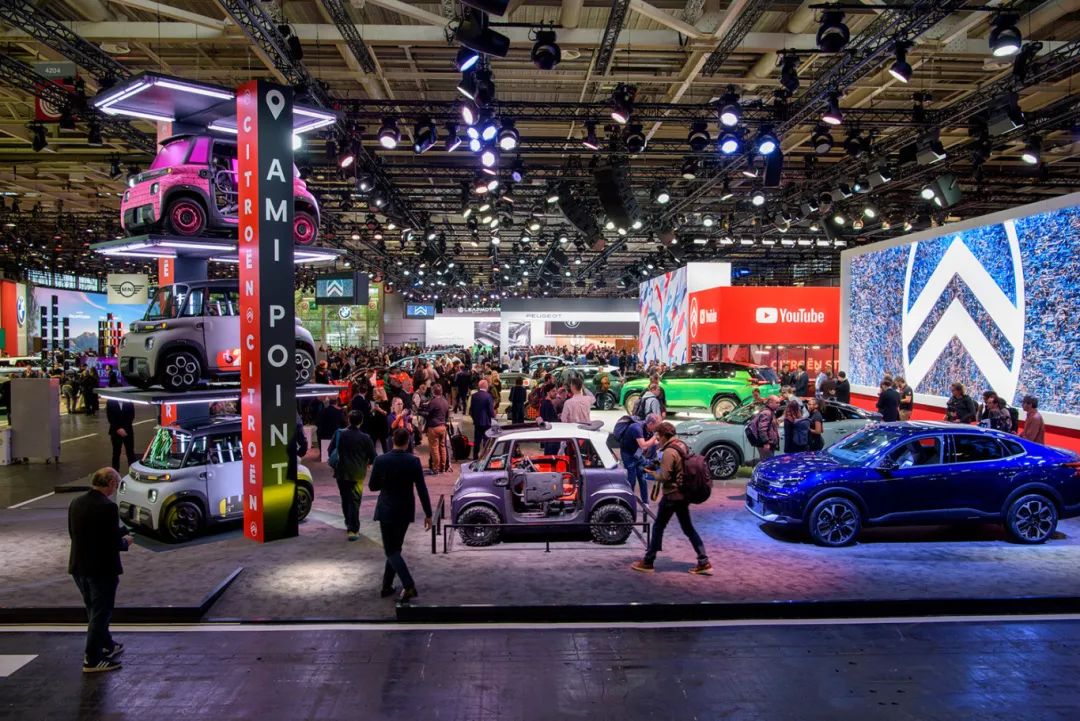
Shortly after, while Dongfeng Peugeot-Citroen was still negotiating with Stellantis, Tavares reiterated at the Paris Motor Show in October of the same year that the Peugeot and Citroen brands would implement this strategy in China, i.e., most vehicles would be imported rather than locally produced. Additionally, he emphasized that the final cooperation between the two parties would likely end without the need to establish a factory in China.
Of course, with Tavares' resignation, it remains a big question mark whether the asset-light model will continue to exist in China. But honestly, do you really think such a decision by Tavares will work in China?
In 2023, under a series of iron-fisted policies, Stellantis indeed demonstrated exceptional profitability. The group's net revenue, net profit, and industrial free cash flow all reached historic highs, reflecting the effectiveness of the skills Tavares learned from Ghosn and applied at Stellantis.
But how are the various brands operating under the asset-light model faring now?
If I didn't mention it, few would know that at the 7th China International Import Expo, Stellantis China and China Automobile Import & Export Corporation signed a strategic cooperation memorandum for 2025, aiming to promote the growth of Jeep and Alfa Romeo in China. The Grand Cherokee 4xe and Tonale are testaments to this cooperation, showcasing that these two brands are still committed to innovation.
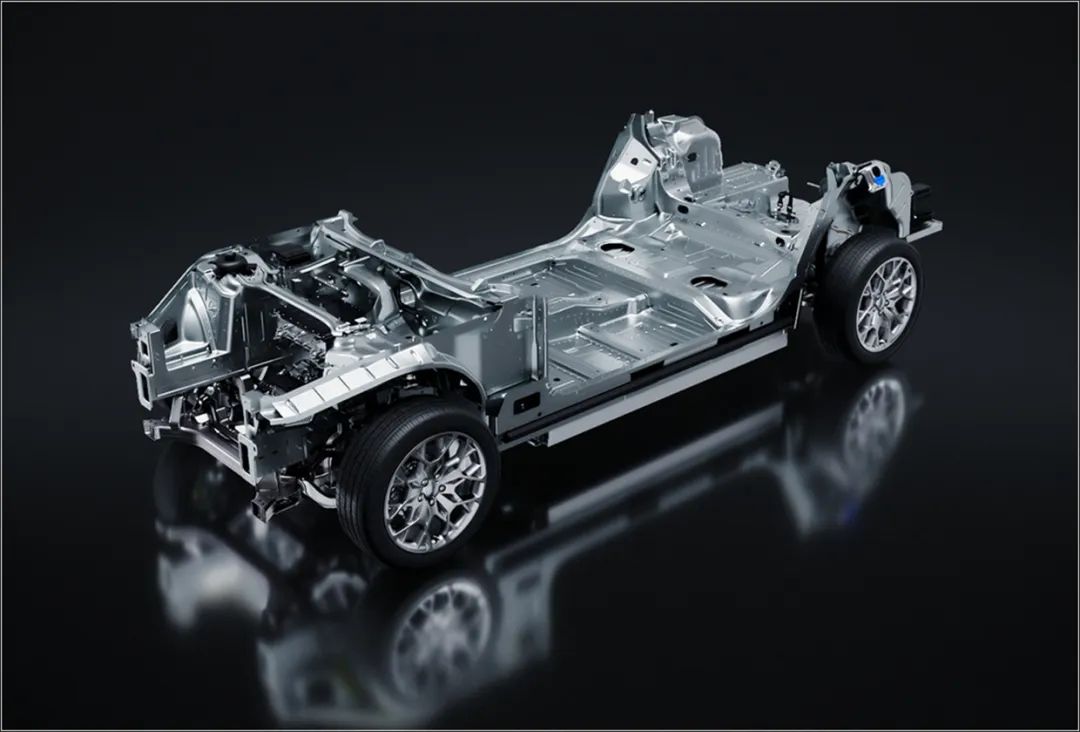
Moreover, looking at the sparsely visited sales channels jointly established by these two brands, it is evident to anyone, even without much thought, that Stellantis' new strategy in China is far from effective.
Indeed, abandoning the Chinese market was a 'correct' decision made by Tavares based on the current business situation. Diverting resources to regions where Stellantis still has a foothold is more practical than wasting energy in China. However, considering the changes in the global auto market, such a good thing simply does not exist. Therefore, don't be surprised if this short-sighted mindset quickly manifests itself in Stellantis' performance in 2024.
Cutting ties with China means that Stellantis will miss out on the opportunity to gain experience in the most fiercely competitive arena of global electric vehicle competition.
This means that even though Tavares strongly opposed imposing tariffs to block Chinese electric vehicles from entering the market when facing the popularity of Chinese electric vehicles in Europe, and even repeatedly reminded Europe to beware of the rise of Chinese electrification and called for Europe to accelerate the development of its own supply chain, without solid new energy technology to support it, Stellantis' earnings from the past year cannot alleviate its anxiety about future development.
Perhaps some may ask, didn't Stellantis release the STLA Large vehicle platform earlier this year to provide technical support for the development of large pure electric vehicles for American brands like Dodge and Jeep? Doesn't this prove that Stellantis is not so short-sighted?
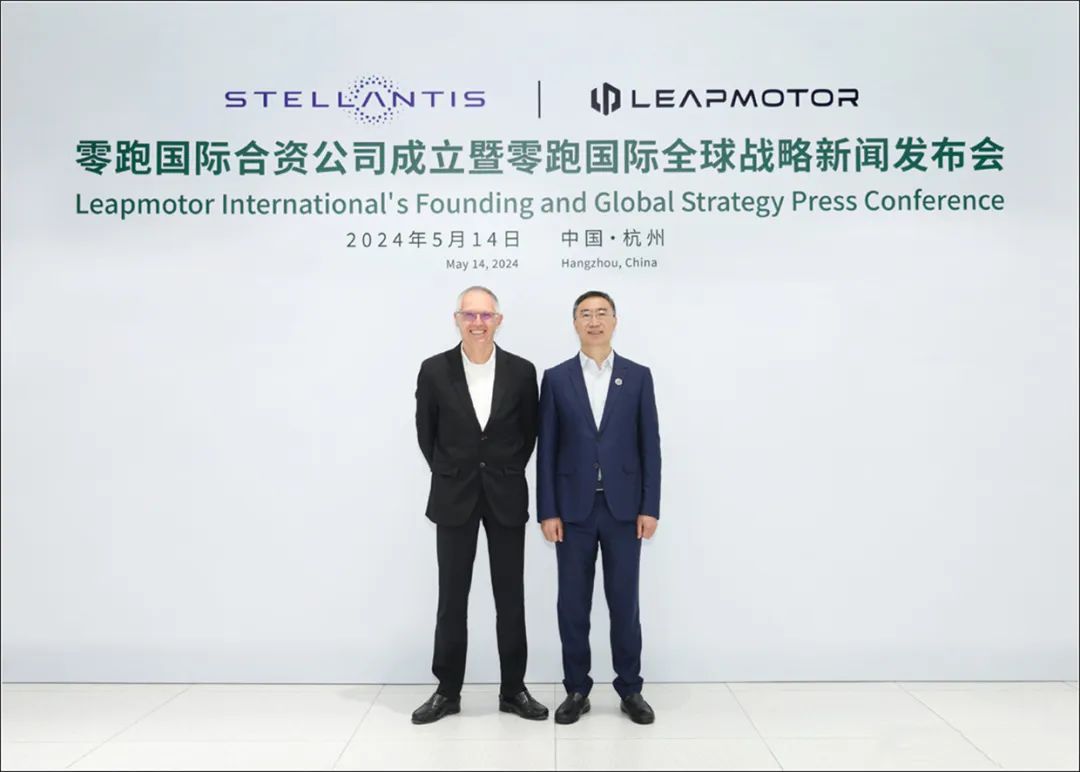
This argument seems reasonable, but if I tell you how unpopular the latest generation of all-electric Dodge Charger is in the United States, do you still think that such a radical model replacement can bring Stellantis the future it desires?
Before resigning, Tavares forged a connection between Stellantis and Leapro, a new Chinese EV maker. By investing approximately 1.5 billion euros to acquire a roughly 20% stake in Leapro, Tavares intended to use Leapro as a means to regain ground in the international EV market competition. In my opinion, this move was a patch to the series of unconventional tactics implemented in 2023.
Ultimately, facing the fragmented evolution of the global market, a cost-reduction plan prioritizing profits can give Stellantis a veneer of success. The strict financial requirements have also given the automotive empire under Tavares' governance the financial depth to rival Volkswagen and Toyota. However, no matter how capable Tavares is, he could only help Stellantis overcome difficulties but failed to provide the group with a more detailed forward-looking plan.
Stellantis insists on detaching itself from the Chinese auto market but seeks chips from Chinese enterprises to participate in global competition when things don't go as planned. Such a cunning Stellantis now only hopes to find a new way forward under Tavares' successor.


